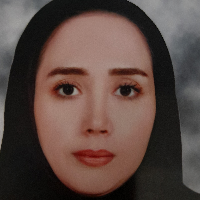The Optimized Protocols for Production, Adaptation and Keeping of the Produced Artificial Seeds from Encapsulated Lateral Buds in Stevia rebaudiana (Bertoni)
Stevia, as an anti-diabetic medicinal plant, is estimated to be about 300 times sweeter than sugar cane. Low seed germination is a major problem in stevia propagation. Artificial seeds (ASs) technology is a valuable method for it’s rapid and massive propagation. In this study, the effective factors on production, the produced plantlet adaptation and keeping of the ASs produced from encapsulated lateral buds were efficiently optimized for the first time. The results showed that 2.5% sodium alginate with 1% calcium chloride was the best composition for coating the ASs. The bigger lateral buds (2-3 mm) with MS medium resulted in the highest percent and rate of germination. Germination and growth of the ASs were increased using 1 mg l-1 BAP with 1.5 mg l-1 Kn in the pre-culture environment. The findings indicated that transmission of the ASs-plantlets to cocopeat seedbed increased the growth characters. Keeping the produced ASs in the MS medium had a significant (p <0.05) and positive effect on germination characters. Among the treatments for keeping artificial seeds in 90 days, the treatment of liquid paraffin at 4oC showed the best response for regrowth. In this research, the possibility of routine and massive production of ASs by encapsulating the lateral buds has been reported in stevia. Therefore, using this new protocol, the rapid and fast micro-propagation of this plant could be achieved through lateral buds for inexpensive and commercial purposes in the future.
-
Micropropagation drug plant Stevia (Stevia rebaudiana Bertoni) through cultivation two explants end buds and node with various cocentrations activated charcoal and hormones BAP and Kn.
Bahareh Shaafi, Seyed Saeed Mousavi *, Saeed Ghambarali Bagheney, MohammadReza Abdollahi, Hasan Sarikhani
Journal of Molecular and Cellular Research, -
Production and maintenance of artificial seeds in plants
S.Ghanbarali Baghney, B.Shaafi*, S.S.Moosavi
Iranian Journal of Biology,



